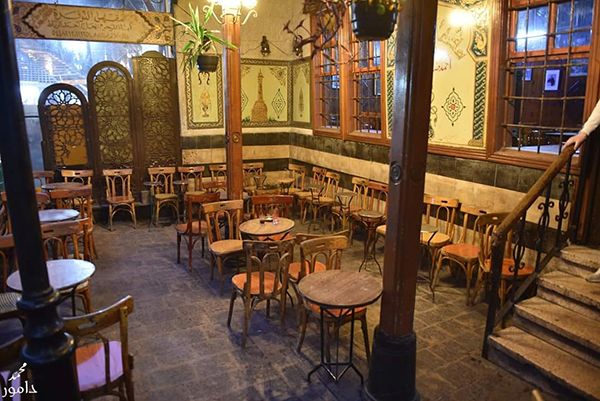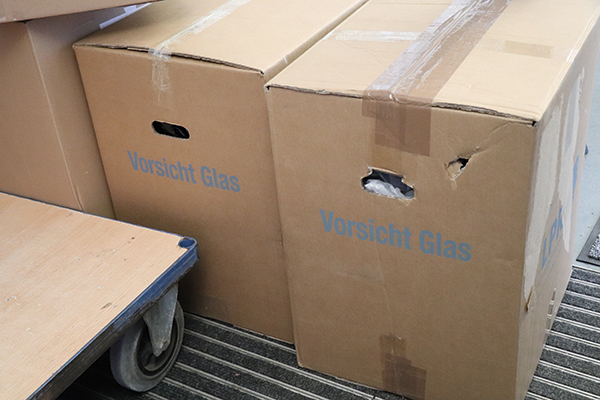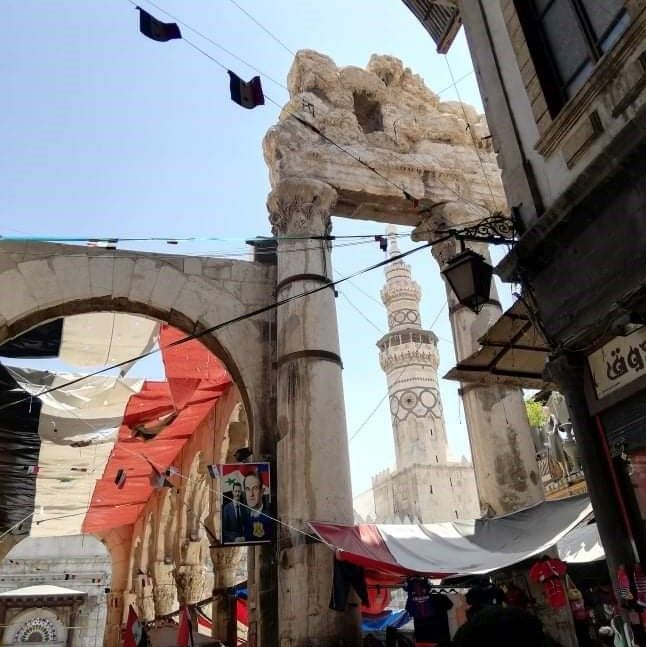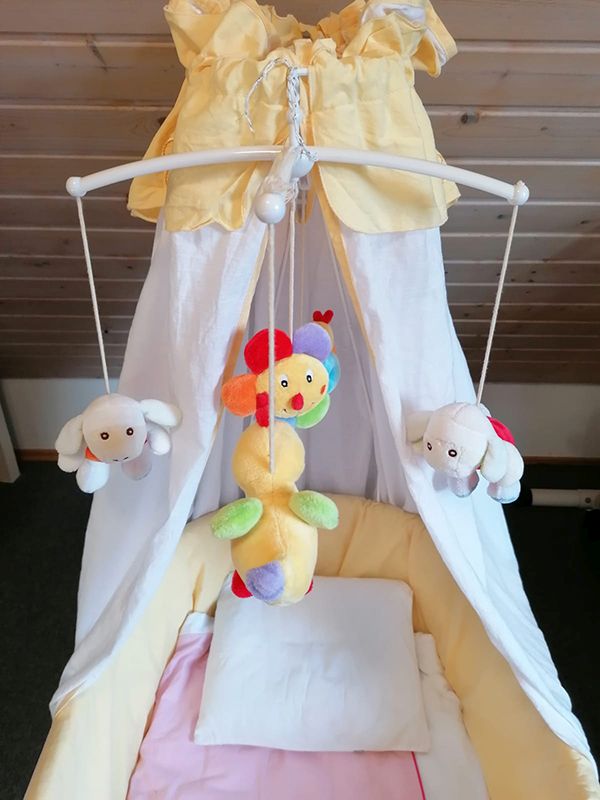Youssef Kanjou und Oula Mahfouz
Do you miss sitting in the café now in Corona time? Have you ever thought about how coffee houses and cafes came into being and who spread around the world?
The use of coffee developed differently according to the customs and traditions of each country. But how and when did coffee, drinking habits originate and when did coffee houses spread all over the world?
There are many myths about it. Probably Ethiopia is the original home of coffee beans, but Yemen is the country from which coffee as a drink was spread. And it was the people of Yemen who first called it coffee. Coffee is an Arabic word and has several meanings, one of which is a type of wine – probably because it was thought to have an effect like wine.
One of the main reasons that contributed to the spread of coffee was its use by Sufi groups in their religious rituals. Coffee helped them to stay awake and concentrate. It is very interesting that Muslim and Christian religious leaders initially rejected it. For example, there was a fatwa, a legal opinion by Islamic scholars, that banned it because it was considered as dangerous to the body as wine.
Coffee came to Mecca around 1414 and then to Egypt in the early 15th century. Yemeni students studying Islamic studies at the Al-Azhar Mosque in Cairo brought it with them. The students used it to learn and stay active, which was foreign to the Egyptians.
Due to the complexity of coffee preparation and its many steps, coffee houses were opened to make it there. There is no trustworthy source or unified opinion about the time and place of the world’s first café. What is certain is that it was in Syria: the first coffee houses probably appeared in Damascus and Aleppo between 1530 and 1532. In the old quarters of Damascus, there are many historic cafes that have retained their old architectural form to this day.
During the reign of Sultan Suleiman, the first café was opened in Istanbul in 1554. This café was founded by Syrian merchants Hakam al-Halabi and Shams al-Dimashqi. From there, coffee houses spread across the Ottoman Empire to the whole world, especially to Europe. In 1645, the first café in Central Europe opened in Venice. Oxford followed in 1652, where a Damascene built the “Grand Café”, which is still called that today. In Germany, the first coffeehouses were built in 1673, in Bremen and in 1677 in Hamburg for an elite. It was not until 1721 that the first public café was opened in Berlin, and before that the first one in Vienna in 1683.
Cafés played a major role in the Levant in the early 19th century, especially in Damascus, where they were not only for drinking coffee and tea and smoking hookahs, but where they also played a major role in social, cultural and political life. For example, the hakawati, the storyteller, was a one-man theater in a café. He told the audience stories and fairy tales drawn from Arab heritage and mythology. They often carried social and political messages. Cafés thus played a role similar to that of theater and television in modern times. People were very interested in hearing these stories and waited for them every day.
The peculiarity of Arabic coffee comes from a finer grinding method than in Europe and the long cooking and it has a high degree of concentration. The way of presentation and preparation differs among Bedouin, urban and rural residents.
The so-called Arabic coffee, which has a special place in daily life and is part of the customs of the Arab Bedouin tribes, is served in a small cup containing a very small amount. People can taste the strong
flavor and high concentration. Here the preparation is done manually: first coffee beans are roasted, then ground by hand and finally boiled with water for a long time, which can take days!
There are also ritual habits of drinking coffee. For example, if you do not want to drink more, you move the cup differently than a person who wants to drink another cup. There are also special devices such as the “Dallah”, a traditional coffee pot that is still used today despite the advent of modern vessels.
In Arab cities, there is now a modern automatic method of grinding coffee very finely. In some countries like Syria, cardamom is added to the coffee, the preparation is done by boiling it in a pot on the stove and the coffee is served with a cup of water. The water must be drunk first and then the coffee. In the past, cafes were limited to men and only hot drinks and hookahs were served there. Today there are modern cafes that welcome everyone and also offer food and sweets.
Coffee is an essential part of the daily habits of people around the world, but now has strong competition from other beverages. Coffee consumption is nevertheless increasing significantly every year, and due to climate change, coffee trees are declining very rapidly around the world. Will people then discover another beverage that can replace coffee in the future?!
Short videos for the preparation for coffee in the tradition of the Bedouins and of Arabic coffee today: Traditional Bedouin Coffee in Jordan – YouTube
tun121507
Das Alnofra Café in Damaskus, Syrien. Foto: tünews INTERNATIONAL / Mohamad Damor.




